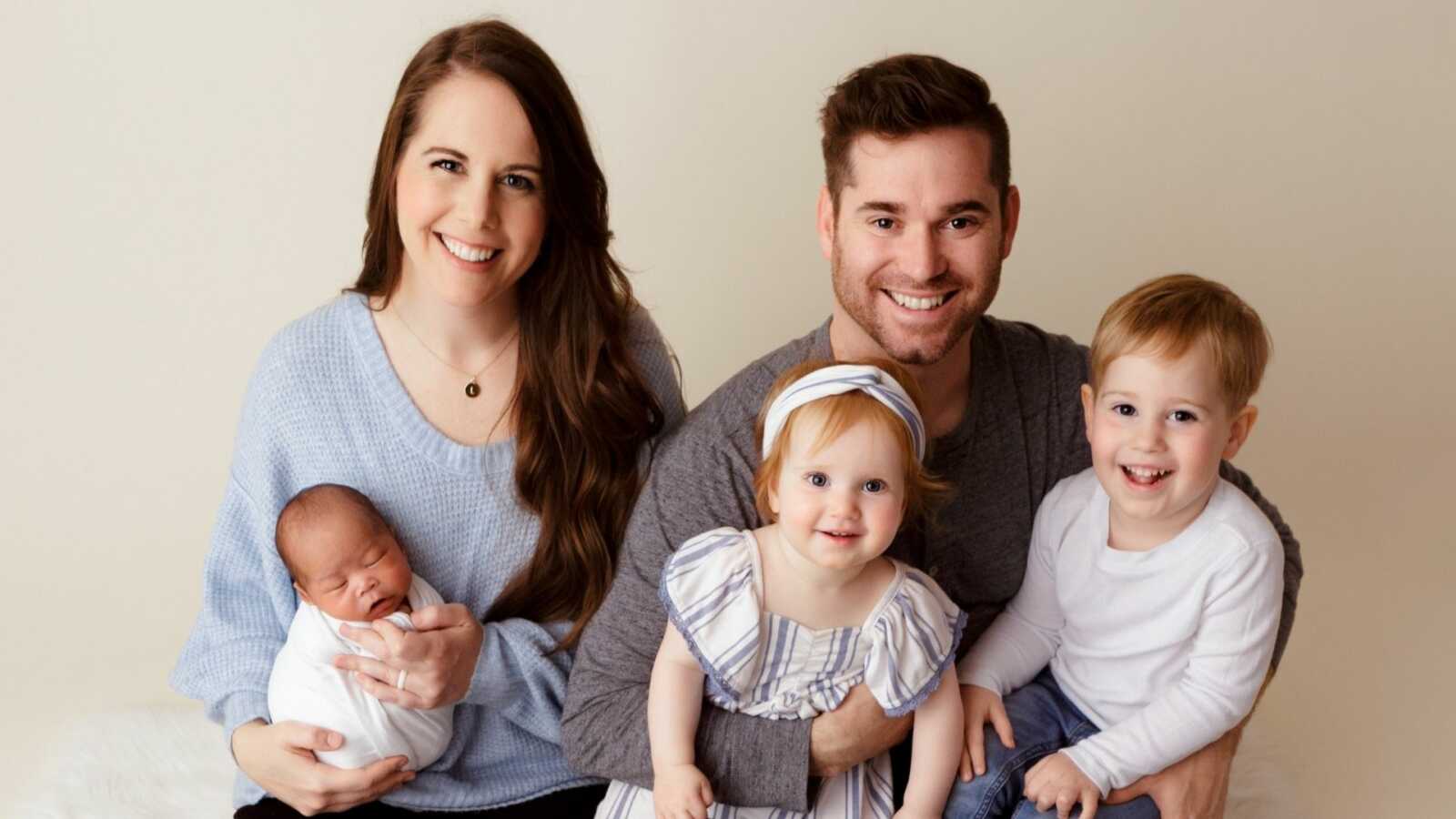“When I was born 33 years ago, adoptions were primarily closed operations. It was the age of ‘we don’t see color,’ infant adoption equating to a ‘clean slate,’ and all birth mothers presumed to be drug addicts or rebellious teenagers. ‘Saving a baby’ was the name of the game—a selfless, commendable act of love to raise a child ‘like they’re your own’ without access to their biological histories.
I cringe. I really do.
Growing up, my best friend was a transracial adoptee. Maybe it was my relationship with her or maybe it was something else, but I had a gut feeling I’d adopt a child someday. I can’t explain it other than what it was: an innate desire. A seed that had been planted. However, the cringe-era did make me wonder: Is this about the child or the hopeful parents? Does anyone care that the birth mom was out there in the world? Why are adoptive parents pretty much always white? Do kids care if their skin looks different than their parents’? Can kids feel loss without remembering the loss?
Most of these questions started seeping into my mind during college. I won’t give my high school self that much credit, no matter how much I loved my best friend and knew about her adoption. Not that basic human white-girl empathy deserves credit at any point, but you know what I mean. These questions really took form when, after my time on the high school step team and involvement in a truly multicultural church, I decided to join the multicultural affairs club at Christopher Newport University. I just couldn’t shake the icky feeling of living in an all-white bubble that would easily surround me if I didn’t put in a little effort. It rubbed me the wrong way. I wasn’t ‘woke’ or praiseworthy for realizing there were still race issues to iron out in this country and in my life. I just wasn’t someone who could ignore racial and cultural divides, even before the days of social media.
The director of the multicultural affairs program at the time was exceedingly generous as I enthusiastically shared my desire to fund a student-run education program for the public grade schools surrounding our campus, enabling college students to present cultural inclusion presentations in classrooms. My intentions were pure, but my understanding clearly lacked wisdom. Turns out white people aren’t entirely qualified to speak on race…someone tell that to 19-year-old me. Nonetheless, our patient director helped me develop a curriculum, recruited students who were far more qualified to speak on cultural togetherness than I was (read: not white), and let us loose on the school district. But not before a few one-on-one lessons for this uninformed, albeit zealous founder.
She taught me about systemic racism—the kind that is woven into our systems after years of slavery and segregation. She was to-the-point and un-PC, explaining why the Black community calls each other brother and sister, why they’re perceived as loud, why so many Black men are incarcerated, and why my intentions might feel pure but were still laced with privilege that would perhaps be a turn off to peers or even the grade-schoolers.
My psychology degree is great and everything, but it was those lessons in that office where I received an education that truly changed my life.
I graduated. Moved to New York City. Moved again to the suburbs of Washington, D.C. Moved again back to my hometown of Virginia Beach, Virginia. Met my husband, got married, got pregnant. When our son was 10 months old, I miscarried our second pregnancy. With many, many friends facing infertility—some secondary—my husband, Aaron, and I decided we’d begin getting serious about our hopes to adopt one day.
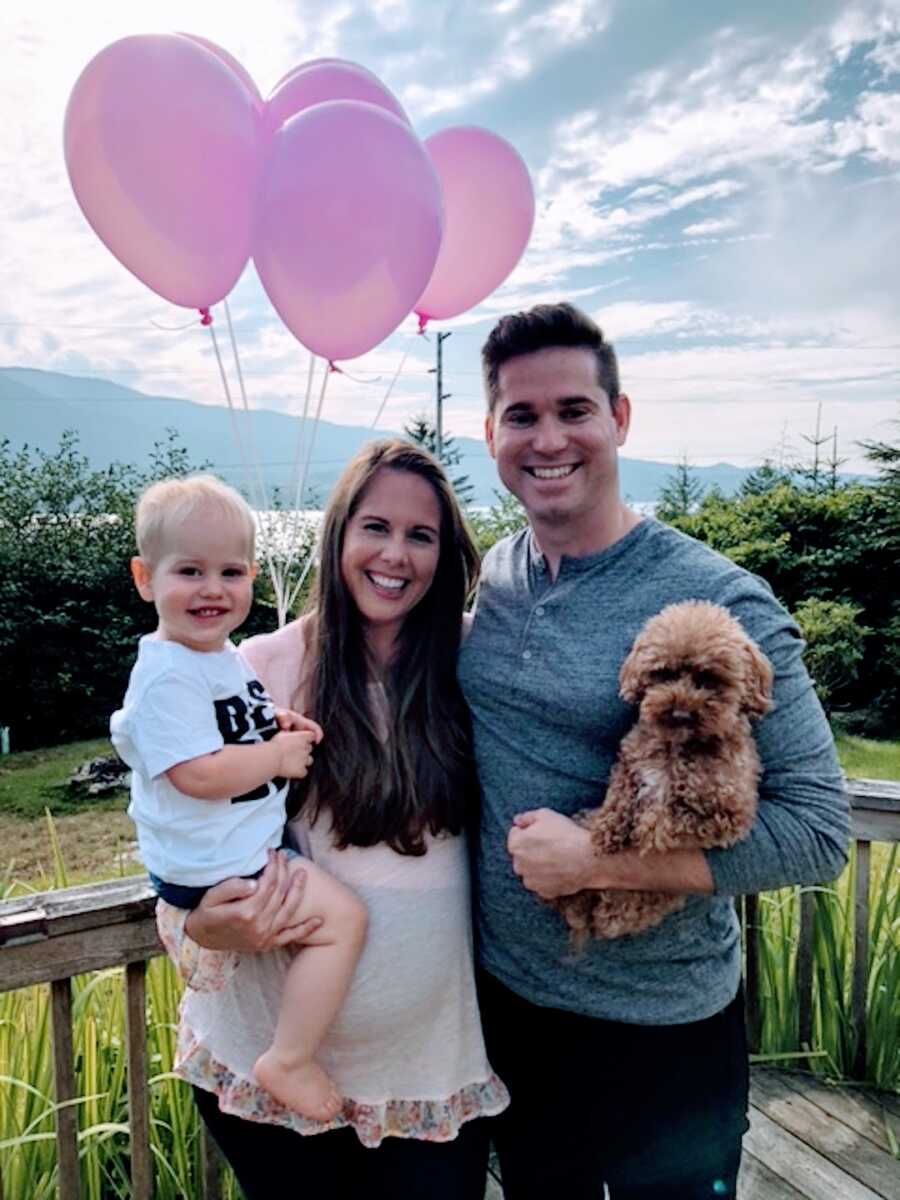
You see, the innate desire had never left me. It was just entwined with a few more complicated questions than when that little seed was first planted, pre-college. Aaron and I talked about adoption before getting engaged and decided that even if we successfully had biological children, adoption was in our future. After our miscarriage, it seemed like the obvious time to get the ball rolling. So, we did— happily and excitedly.
We researched different types of adoption. Domestic, international, infant, foster, lawyer, agency. Transracial, open, closed, waits, disruptions. My eyes were opened—though not surprised—to see the massively controversial world of children being raised by people who don’t share their DNA. Adoptive families were often presented as either saviors or kidnappers. Birth mothers shared stories of either extreme gratitude or extreme regret. Adoptees made videos and blogs either praising the adoption system or expressing deep pain at the trauma they experienced.
I was scared. I certainly didn’t want to steal anyone’s baby. I didn’t want to raise a child who would end up feeling a deep internal loss that I could never fill. I didn’t want to ‘save’ a baby from a woman who clearly loved them. As Aaron and I dug deeper and deeper, I was more and more nervous.
And then our daughter, Jo, started growing in my belly. In so many ways, Jo and her timing are massive blessings. She’s our rainbow baby, after all. But she also gave us the time we needed to truly digest the magnitude of adoption. We knew we didn’t want more than two biological children, so after Jo would mean a full-on commitment to adoption if we wanted to keep growing our family.
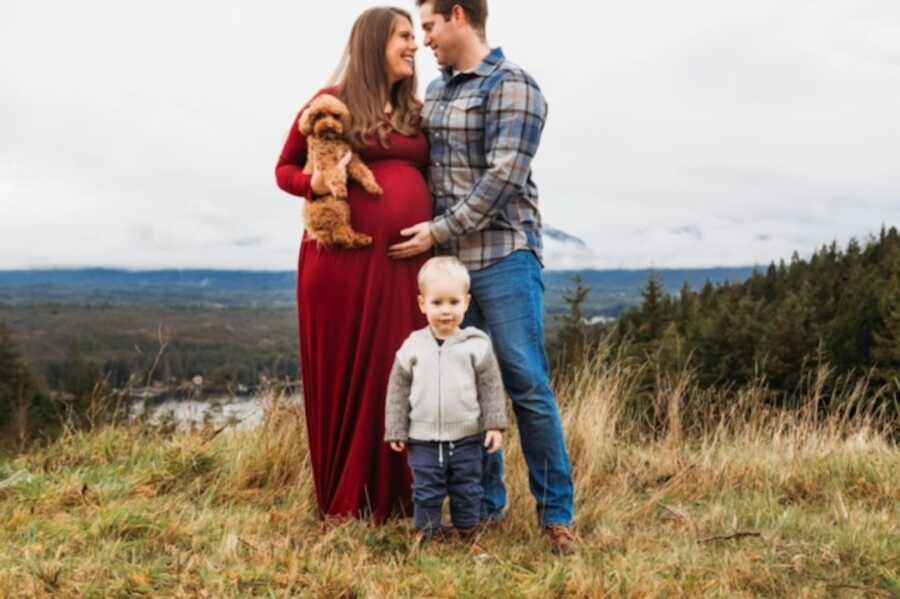
Nine months and a military PCS (Permanent Change of Station) to Alaska later (Aaron is in the United States Coast Guard), Josephine arrived in all her red-headed glory. We had a bubbly two-year-old son, and now a perfect little girl. To so many, our family looked complete. But despite our immense gratitude and obsession with our bio babes, we knew it wasn’t. After months of considering the good, bad, and ugly of adoption while I carried our daughter, it was clear to Aaron and me that the seed had grown. It had been watered and tested and rained upon and given plenty of fresh air—and it wasn’t going anywhere. We were going to adopt.
When Jo was six months old, we dove into the application process for domestic infant adoption through two different agencies—one national agency serving families and birth mothers from any of the 50 states, and one local agency here in Alaska. We arrived at infant adoption after deciding we hoped for children close in age, along with reading that it’s generally a smoother transition for all children involved if you maintain birth order when adopting. (This is not always necessary, by any means! It was just the advice that made the most sense for us, personally.) Given that Jo was still a baby, herself, adopting younger than her would mean going the infant route.
Adoption applications are weird. You check boxes for gender, race, prenatal exposure, and medical conditions. I can absolutely see why critics of adoption claim it’s like Build-a-Baby for white people. After all, the vast majority of adoptive families are white. I won’t get into the laundry list of reasons why that’s the case, but it’s a fact, and it’s an issue. Let’s just say Aaron and I wouldn’t have been able to afford adoption if it weren’t for generational wealth. Still, we decided that with our resources, we had the ability and desire to raise another child, so there we were: on the waiting families list with a whole bunch of other couples that looked a whole lot like us.
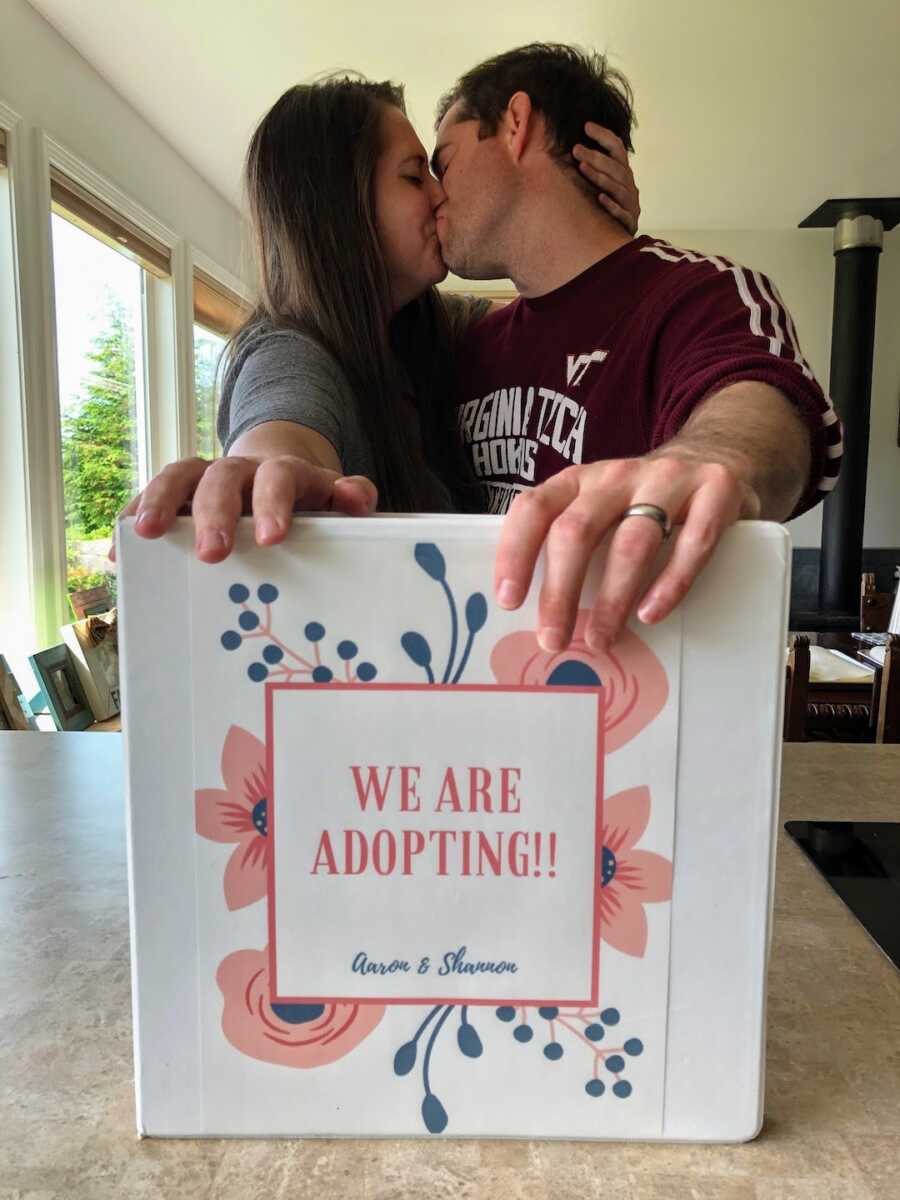
We ultimately decided to work exclusively with the agency here in Alaska, knowing our future child would likely be Alaska Native. Similar to the Black community, Alaska Native culture and freedoms were stripped by people who looked like me. And now I was hoping to raise one of their children? It was and is a lot to think about. But in the end, this is what we knew:
We knew that after decades of research on closed adoptions and their tragic repercussions on the mental health of adoptees and birth mothers, ours would be [hopefully] open. Our child would have access to their roots. In fact, most agencies these days require some level of openness with all placements at the willingness of the birth parents (not the adoptive parents), which is a huge step in the right direction. After all—to debunk that painfully outdated and uneducated claim—infants are not, in fact, ‘clean slates.’ All adoption involves trauma, including the separation of a newborn from their biological mother.
Along with the intention of open adoption (should the birth parents want), we also knew our child’s birth mother would be choosing who, exactly, would raise her child. If she chose this form of adoption that overturns the traditional requirement for native children to be placed with other native families, then we trusted her choice. Respecting her is fundamental in changing both the negative and positive narratives regarding adoptive parents, and instead turns that narrative around to highlight the woman who is deserving of the most praise: a birth mother who loves her child enough to want stability and safety for them above anything else. She deserves respect for who she chooses and why. And we certainly wanted to be a safe place for her to land.
Last, while we can’t promise life for a native child to be as culturally immersed as growing up in the village, we knew we could promise intentional parenting that would expose them as much as possible to their heritage, traditions, and racial mirrors. We knew we’d do everything in our power to maintain a healthy relationship with the birth parents, which is shown to improve the mental health of all parties in the adoption triad. We knew we would love our child not only with words and emotion, but with active openness and understanding regarding the grief that is at the root of all adoption. It’s under those decisions and considerations as parents that we felt positive in moving forward with our plan to adopt.
Four months after going ‘active’ with our agency—meaning we were available for expecting mothers to choose—we got the call. An expecting mother wanted us, of all people, to love and parent her child, due in about two months! I actually told our social worker to ‘shut up’ (Princess Diaries style) when she shared the news. Sweat, tears, shaking—it was all there.
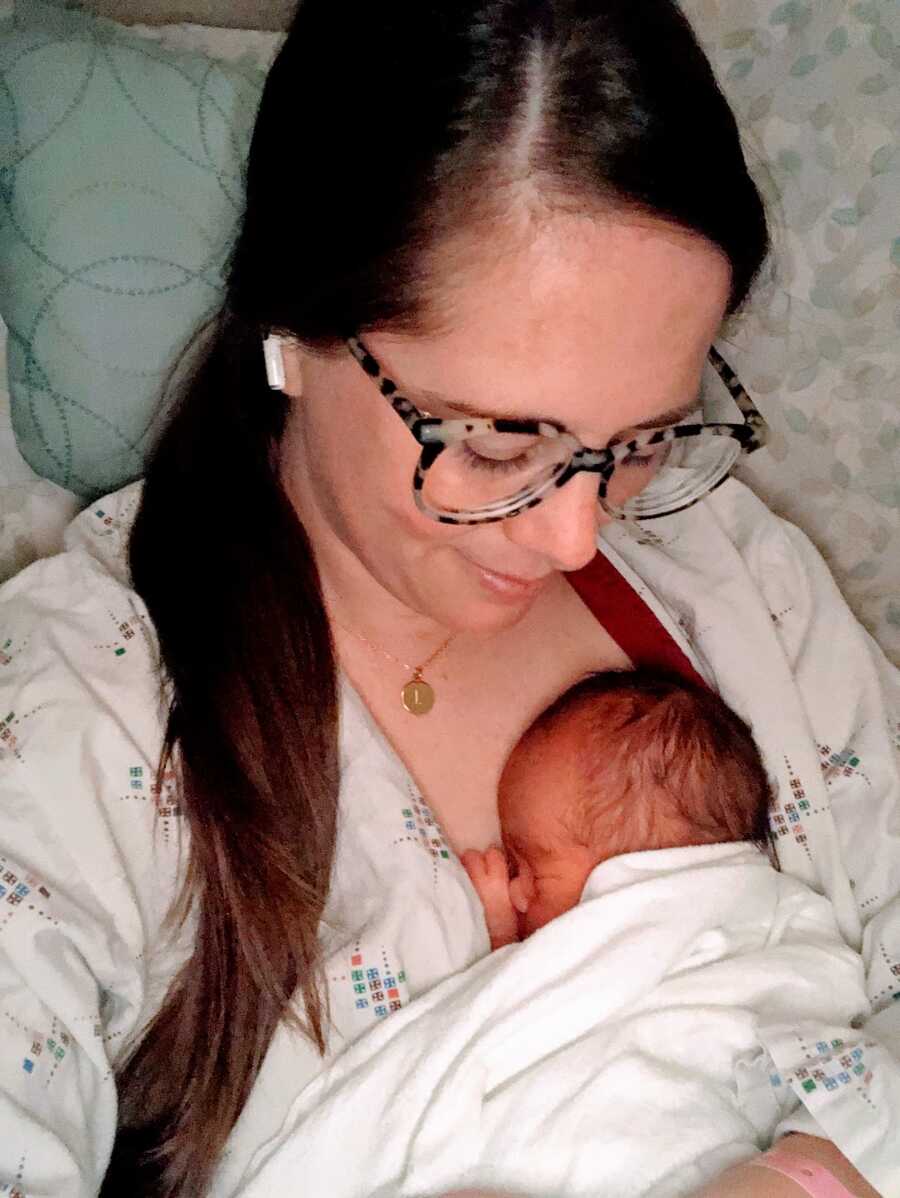
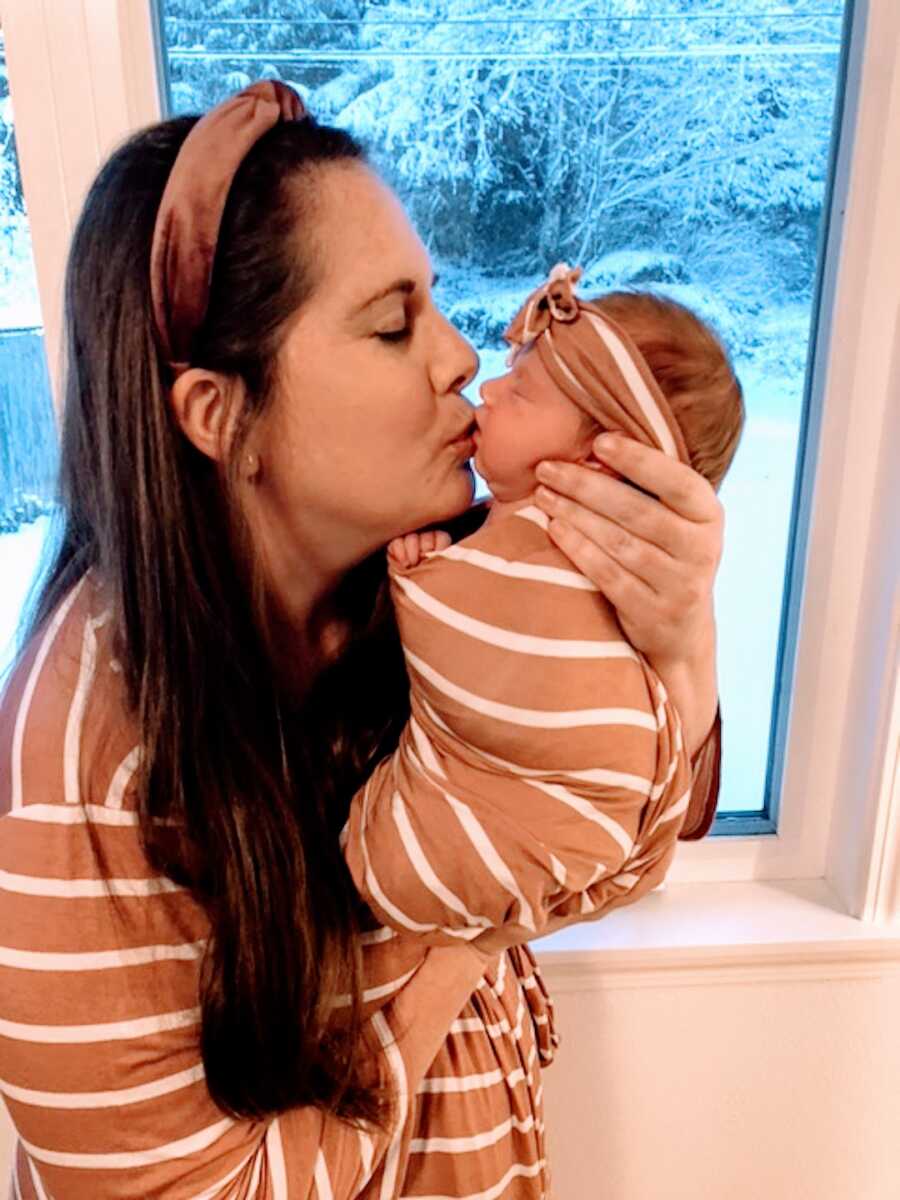
We couldn’t believe how fast it all went. Fourteen months after giving birth to Josephine, I was back in the hospital with another perfect baby in my arms. We cried, we laughed in shock, we prayed, we worried, and we rejoiced.
I do not want to share the story of our son’s birth or the reasons for his adoption, because those details belong to his birth mom (or ‘first mom’ as we like to say). But yes—it’s a boy! And meeting him alongside his first mom was the most humbling experience of my life. To call her gracious would be an understatement.
Warren is now six months old. He is fat and giggly and everything magical. His birth mom is family to us and always will be. She, Warren, and I got to spend a full week together in the NICU, just the three of us, before Warren and I flew home. We still text all the time, and we hope to fly her down from her village for his first birthday.

Most days, I look at our precious boy and imagine all the beautiful things he’ll be as he grows up. I can already tell he’ll have the gracious and selfless spirit of his first mom. But sometimes I still worry. My now 3-year-old recently told me he needs new skin. He wants darker skin like his brother’s. And so, begins the conversation about race in our country. To let our kids know that our skin was designed perfectly for each of us, telling a story about our histories. About the way white skin allows us to move through the world differently than Warren’s skin, and that it’s our job to create a new world and new systems that will honor all skin colors, all cultures, all human beings. Well, I didn’t say that, exactly. But age-appropriate lessons have begun, and they will always be a conversation in this household.
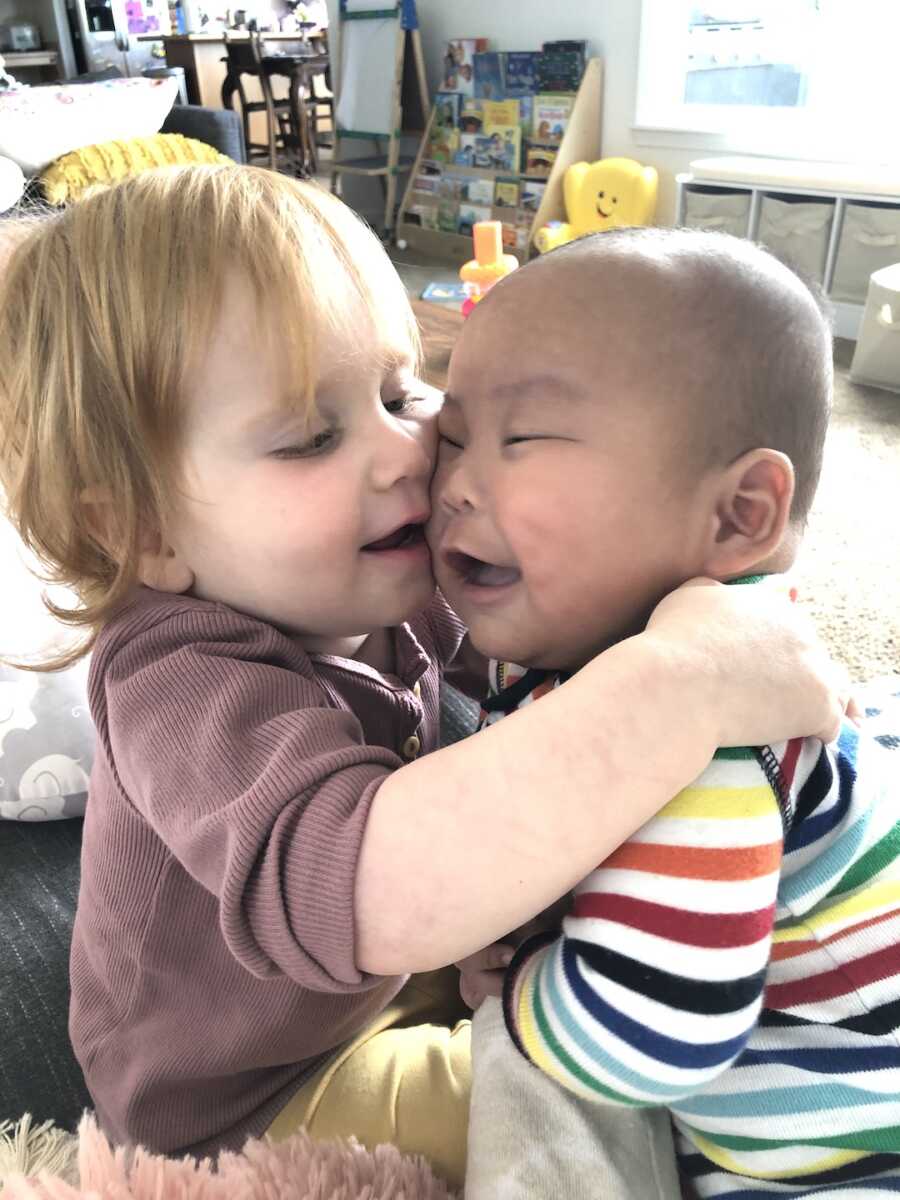
Aaron and I entered the world of adoption knowing that it’s the symptom to a much larger problem, not the solution. They say that at some point, you have to stop pulling people out of the water and instead go upstream to find out why they’re falling in the first place. Why do indigenous and Black mothers have fewer resources and support in raising their babies? Why are they getting pregnant at higher rates? Why is the socioeconomic divide so vast that some of us can afford to pay for 5-figure adoptions, while others can’t keep food in their children’s stomachs or roofs over their heads? There’s a lot going on upstream.
I don’t have the answers. Boy, do I wish I did. But when it comes to Warren, my job as his mother is to love him well, give him everything his first mom ever wanted for him, and allow him to learn about who he is and grow into the person God created him to be. Roots, stems, all of it.
As my ever-present pull toward diversity and adoption collide in one perfect, specific little boy, I’ll continue learning how to be a better ally to the BIPOC community while remaining endlessly grateful that the seed in my heart has grown into the full-fledged oxygen in my lungs. We love you, Warren, for everything you are.”
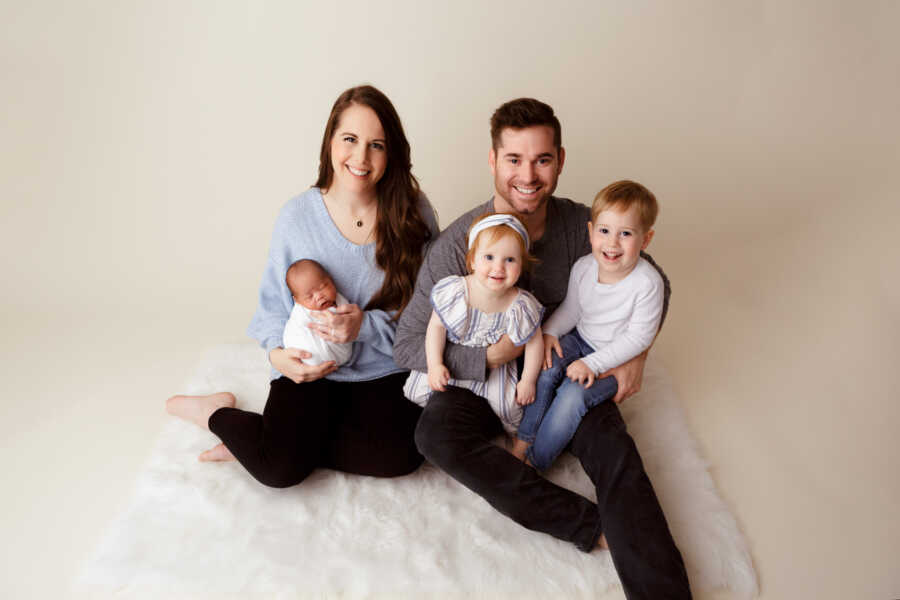
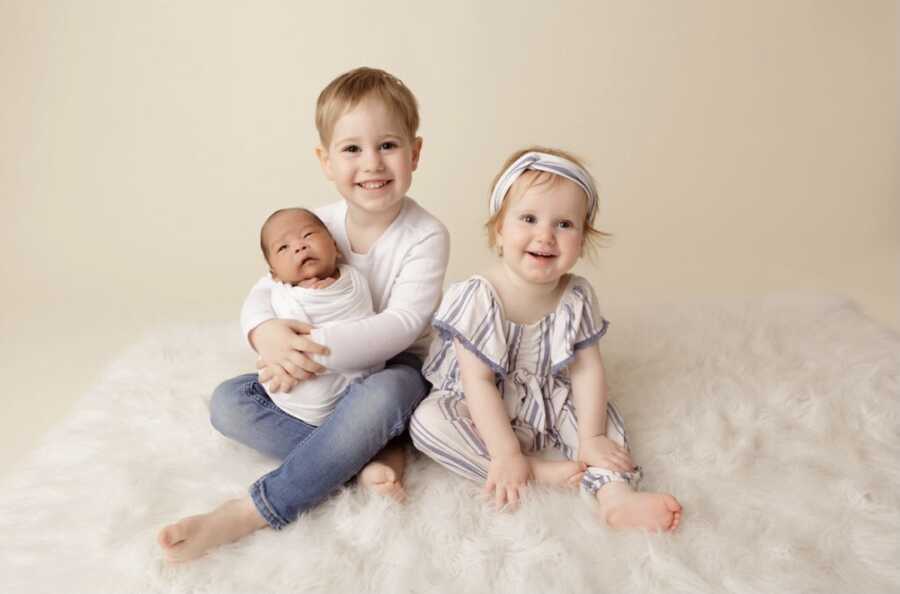
This story was submitted to Love What Matters by Shannon Leyko of Ketchikan, Alaska. You can follow her journey on Instagram, blog, and their book. Submit your own story here, and be sure to subscribe to our free email newsletter for our best stories, and YouTube for our best videos.
Read more stories like this:
Do you know someone who could benefit from this story? SHARE this story on Facebook to let others know a community of support is available.

